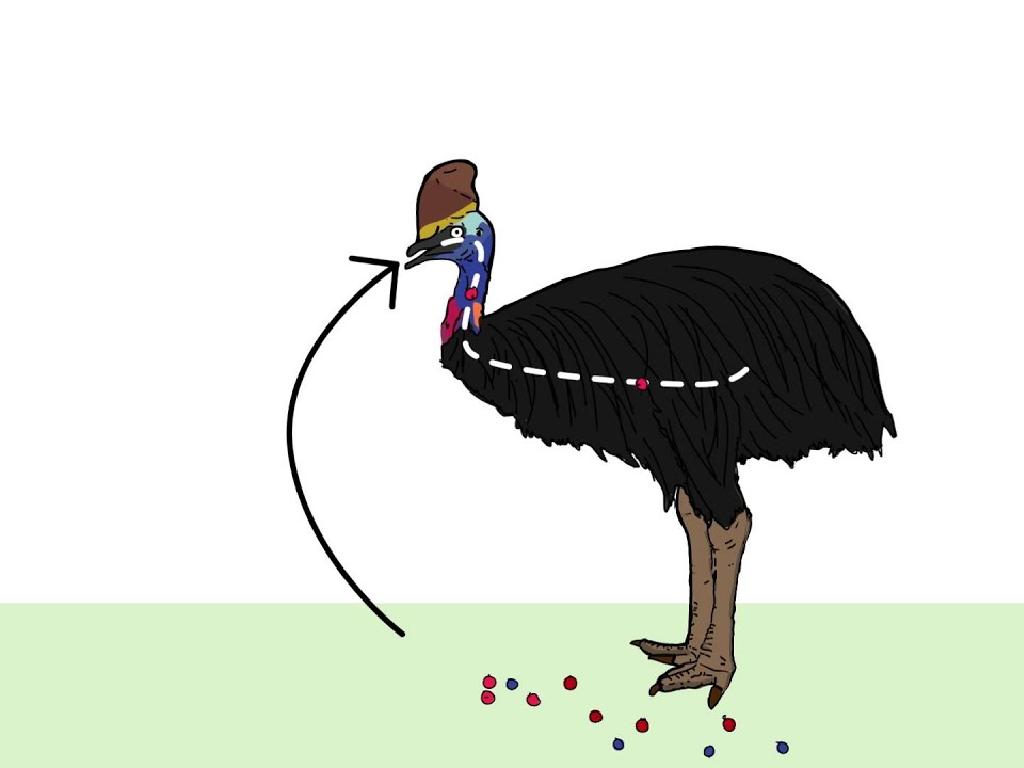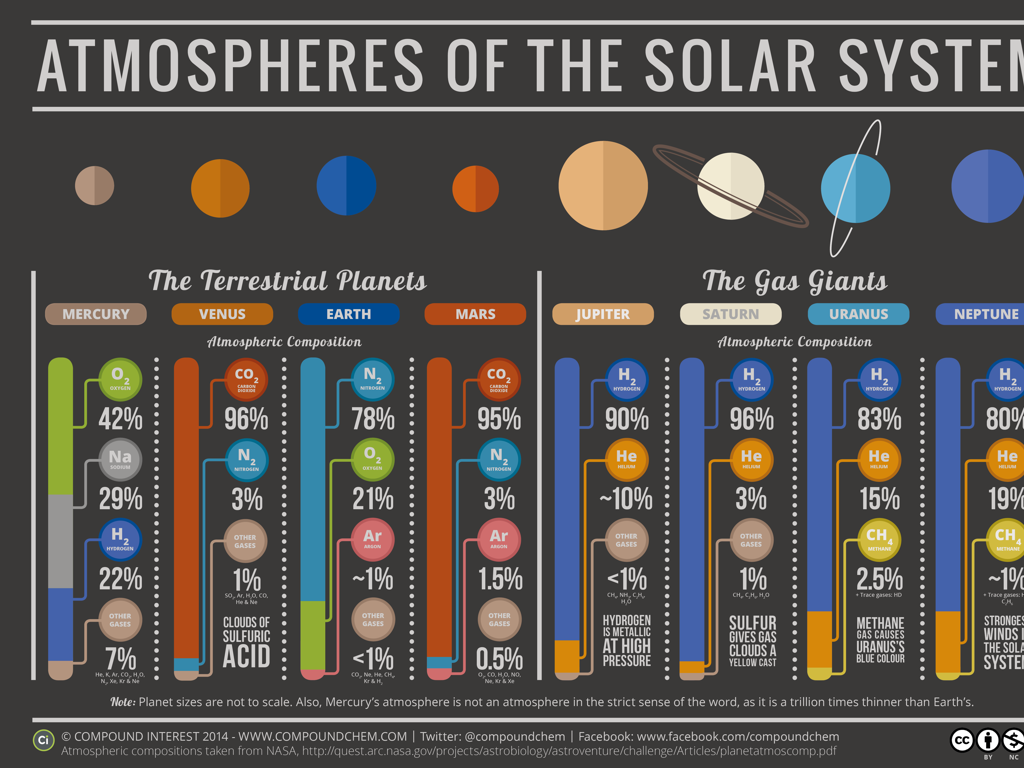Compare Ages Of Fossils In A Rock Sequence
Subject: Science
Grade: Seventh grade
Topic: Fossils
Please LOG IN to download the presentation. Access is available to registered users only.
View More Content
Welcome to the World of Fossils!
– What are fossils?
– Remains or traces of ancient life, preserved in rock.
– Formation of fossils
– Organisms buried in sediment, harden over time to form fossils.
– Significance of fossils
– Fossils help us understand Earth’s history and past life.
– Comparing fossil ages
– Use rock layers to determine which fossils are older.
|
This slide introduces students to the concept of fossils, their formation, and their importance in understanding the Earth’s history. Fossils are the remains or traces of ancient organisms that have been preserved in rock. They form when plants or animals are buried in sediment, which then hardens over time. Fossils can tell us a lot about what life was like on Earth millions of years ago. Today’s lesson will focus on how we can compare the ages of these fossils by studying their placement within rock sequences. Encourage students to think about how the position of a fossil within rock layers can indicate its relative age compared to other fossils.
Exploring Fossils: Nature’s Time Capsules
– Fossils: Remains of ancient life
– Preserved remains or evidence of once-living organisms
– Types: Body and trace fossils
– Body fossils: actual parts like bones; trace fossils: footprints, burrows
– Fossilization: The transformation process
– Gradual replacement of organic materials by minerals over time
– Significance in understanding Earth’s history
|
This slide introduces students to the concept of fossils, which are crucial for understanding the history of life on Earth. Fossils can be direct remains of organisms, such as bones or shells, known as body fossils, or indirect evidence of their existence, like footprints or burrows, known as trace fossils. The process of fossilization is complex and requires specific conditions to preserve these ancient clues. By studying fossils, scientists can piece together the story of our planet’s past, including the evolution of species and their environments. Encourage students to think about how a fossil is like a history book, providing us with a glimpse into a world millions of years old.
Layers of Rock – Stratigraphy
– Stratigraphy: Study of rock layers
– Stratigraphy is the analysis of rock strata to understand Earth’s history.
– Formation of rock layers
– Sediments accumulate over time, hardening into distinct layers of rock.
– Law of Superposition
– Older layers lie beneath younger layers unless disturbed.
– Determining fossils’ age
– Fossils within layers help us infer their relative ages.
|
Introduce students to stratigraphy, the branch of geology concerned with the order and relative position of strata and their relationship to the geological time scale. Explain how rock layers, or strata, are formed over time by the accumulation of sediments. Discuss the Law of Superposition, which states that in any undisturbed sequence of rocks deposited in layers, the youngest layer is on top and the oldest on the bottom, each layer being younger than the one beneath it and older than the one above it. Emphasize how this law helps geologists and paleontologists determine the relative ages of fossils found within the layers. Provide examples of how the position of fossils within rock layers can tell us the sequence in which they were laid down, thus comparing the ages of fossils.
Relative Dating of Fossils
– Understanding relative dating
– Relative dating determines the age of fossils in relation to other objects.
– Dating fossils with rock layers
– Fossils in lower layers are typically older than those in upper layers.
– Original Horizontality principle
– Layers of rock are deposited horizontally; tilting indicates movement after formation.
– Cross-Cutting Relationships
– If a geological feature cuts across another, it’s considered younger.
|
This slide introduces the concept of relative dating, a method used to determine the age of fossils by looking at their placement within rock layers. Emphasize that unlike absolute dating, relative dating does not provide exact ages. Explain the principle of Original Horizontality, which states that layers of sediment are originally deposited horizontally under the action of gravity. Discuss Cross-Cutting Relationships, which helps us understand that if one geological feature cuts through another, the feature that has been cut is older. Use diagrams to illustrate these principles if possible. Encourage students to think about how these principles can help scientists piece together the history of Earth’s surface.
Index Fossils: Time Markers in Rock Layers
– What are index fossils?
– Fossils of organisms that lived during a short, specific time period
– Key characteristics of index fossils
– They must be widespread, easy to identify, and found in many places
– Using index fossils to date rocks
– Compare the presence of index fossils to determine relative ages of rock layers
– Significance in studying Earth’s history
|
Index fossils are the remains of plants and animals that were widespread but only lived during a short period of geological time. They are crucial for geologists to identify and compare the ages of rock layers, especially when layers are not continuous or visible. A good index fossil is one that is easily recognizable and was distributed extensively over the Earth’s surface but only existed for a relatively short time period. By studying the distribution of index fossils, scientists can piece together the chronological order of rock layers and thus the history of Earth. This slide will help students understand the concept of index fossils and their role in the relative dating of rock sequences.
Comparing Fossil Ages in Rock Sequences
– Steps to compare fossil ages
– Observe rock layers; use the ‘Law of Superposition’
– Index fossils as age markers
– Index fossils represent specific geological time periods
– Practice: oldest & youngest fossils
– Identify the sequence of fossils from different layers
|
This slide introduces the concept of comparing the ages of fossils by examining their placement within rock layers. The ‘Law of Superposition’ states that in undisturbed layers of rocks, older rocks lie below younger rocks. Index fossils, which are widespread fossils known to exist during only specific time periods, serve as benchmarks for determining the relative ages of rocks. For practice, students will look at diagrams of rock layers containing different fossils and use their knowledge of superposition and index fossils to deduce the relative ages of these fossils, identifying which are the oldest and youngest. This exercise will help students understand the relative dating of fossils, an essential skill in paleontology and geology.
Class Activity: Creating Fossil Layers
– Simulate rock layers using clay and sand
– Embed small objects as ‘fossils’
– Understand how layers represent time
– Each layer represents a period in history, older at the bottom, newer at the top
– Discuss the sequence of your ‘fossils’
– Which ‘fossils’ are the oldest and which are the newest?
|
This hands-on activity is designed to help students visualize and understand the concept of stratigraphy and fossil dating. By creating their own ‘rock layers’ with clay and sand, students will embed small objects to represent fossils at different depths. This simulates how fossils are found in different layers of sedimentary rock, with the oldest layers at the bottom and the newest at the top. Encourage students to think about the relative ages of their ‘fossils’ based on their position in the sequence. Possible variations of the activity could include using different colors of clay to represent different geological periods, or having students exchange their creations and try to interpret the ‘fossil’ ages and the environment in which they were deposited.
Fossil Layers: Sharing Insights
– Share your fossil layers
– Discuss relative ages of ‘fossils’
– Older fossils are found deeper in layers
– Infer the age of fossils
– Younger fossils are closer to the surface
– Significance of context in paleontology
– Context helps us understand the environment of the past
|
In this activity, students will present the fossil layers they have studied to the class, fostering a discussion on how the position of fossils within rock layers can indicate their relative ages. Emphasize that typically, deeper layers hold older fossils, while more recent ones are found closer to the surface. Encourage students to think like paleontologists and consider what these ages can tell us about the history of life on Earth. Highlight the importance of context in paleontology, as it helps scientists reconstruct past environments and understand the conditions in which ancient organisms lived. For the teacher: Prepare to guide the discussion with questions that prompt critical thinking and provide examples of how context has helped paleontologists make significant discoveries.
Fossils: Unearthing Earth’s Past
– Recap: Comparing Fossil Ages
– Reviewed stratigraphy and radiometric dating
– Fossils: Earth’s Historical Significance
– Fossils show changes in life and Earth’s environments over time
– Fossils’ Role in Evolution
– Next, we’ll explore how fossils provide evidence for evolution
– Looking Ahead: Next Lesson
|
In this concluding slide, we revisit the methods used to determine the age of fossils, emphasizing stratigraphy and radiometric dating techniques. Highlight the importance of fossils in piecing together Earth’s history, showing the progression of life and past environments. This sets the stage for the next lesson, where students will learn about the role of fossils in understanding evolutionary processes. Encourage students to think about how the age and depth of fossils contribute to the larger picture of life’s development on Earth. Prepare them for the next class by briefly mentioning how fossils are crucial evidence for the theory of evolution.





